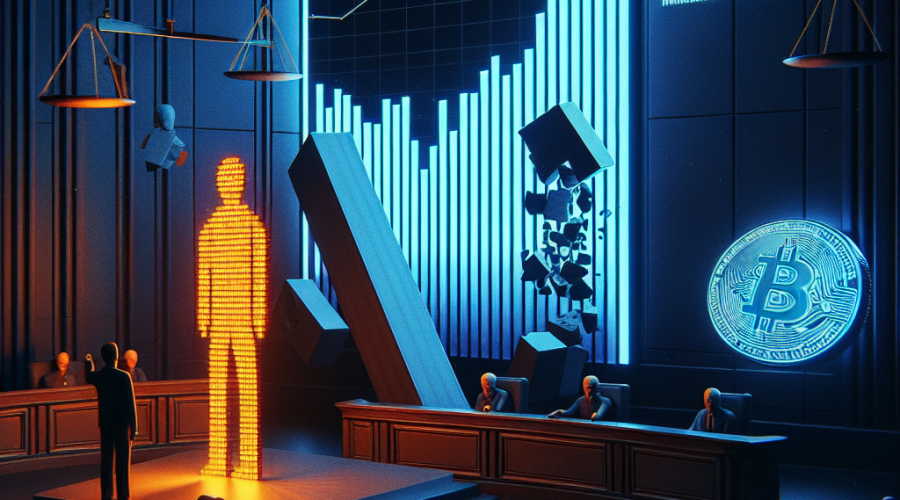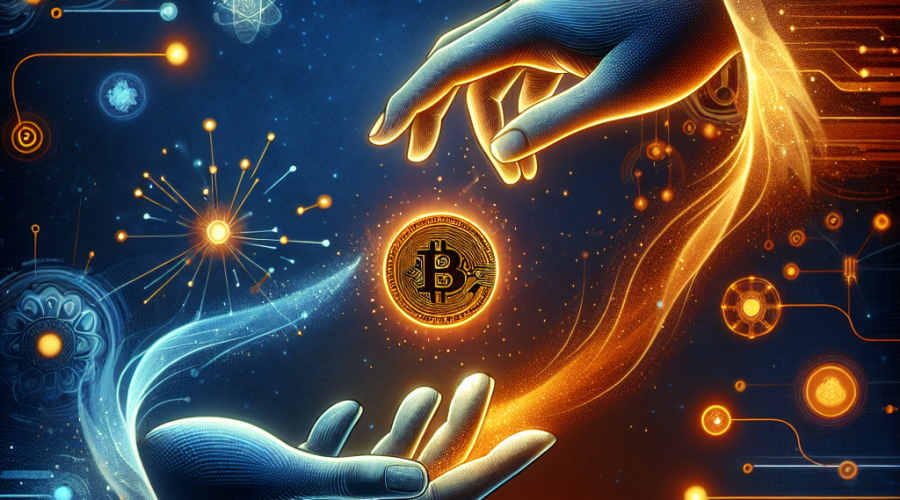“The illusion that one has understood the past feeds the further illusion that one can predict and control the future.” — Daniel Kahneman
Prediction Markets Prove Spookily Accurate
Prediction markets have long been a fascinating intersection of finance, psychology, and statistics. A recent analysis of Polymarket, one of the leading prediction platforms, reveals just how consistently accurate these markets can be when it comes to predicting real-world events. This finding is shifting perceptions, not just about the value of such markets, but about our approach to decision-making in uncertainty and investing in general.
Professional sports bettors have always had an unusual yardstick for success. Their focus is not whether they win or lose but whether they “beat the closing line”—the final odds before an event. If a bettor places a wager at more favorable odds than those available immediately before the result, their bet is considered smart, regardless of outcome. Applying this thinking system-wide raises a compelling question: How accurate are the market odds themselves at reflecting what ultimately happens?
The Power of Brier Scores in Measuring Market Accuracy
The answer comes through statistical measures like the Brier score, a method for evaluating the precision of probabilistic forecasts. The Brier score calculates the squared difference between the predicted probability and the actual outcome. A perfect prediction yields a score of 0, while random guessing (assigning a 50% probability to events) gives a score of 0.25. Overconfidence—assigning high probabilities to events that don’t occur—results in high scores, demonstrating the penalty for misplaced certainty.
Data analyst Alex McCullough recently examined Polymarket using Brier scores, focusing on the prices set one day before event resolution (akin to the “final line” in sports betting). The findings were dramatic. Polymarket’s aggregate Brier score stands at just 0.0581, indicating that the market’s consensus is around 77% more accurate than a coin flip. This puts it on par with the most effective predictive models in existence. In short, the wisdom of the crowd, when harnessed financially, can reliably outpace random chance by a remarkable margin.
This degree of efficiency raises intriguing implications for would-be participants. If the prediction market is so close to perfect, what incentive remains for superforecasters and insiders to play? After all, markets require some level of inefficiency, or the profit opportunities dry up. The key, as in sports betting, is to be faster or more insightful than the rest—beat the closing line, not the house. But as many seasoned bettors will attest, consistently besting the market is very tough.
Life is Poker, Not Chess: Why Outcome Bias Can Mislead Investors
Renowned psychologist Daniel Kahneman has warned repeatedly about the perils of “outcome bias”—the tendency to judge a decision by its end result rather than the quality of the process behind it. This error leads people to misconstrue skillful choices as poor ones if they lead to negative outcomes (or vice versa), ignoring the role of probability and chance.
Poker champion and author Annie Duke, echoing Kahneman’s insights, calls this phenomenon “resulting.” She points out that even skilled players can make the right bets and lose, due to inherent randomness. Good decision-making is about assessing probabilities and making sound judgments—not blaming yourself (or others) for every unlucky roll.
Yet, outside poker, most people evaluate mistakes almost exclusively by outcome. This mindset is just as deleterious in trading and investing, where short-term noise can obscure long-term wisdom. As Duke concludes, “Life is poker (probabilities), not chess (outcomes).” For investors and decision-makers, the lesson is clear: Focus on process, not just results. Judge your actions by whether you made the best decision possible with the information available, not by blind luck.
The Growing Popularity and Utility of Prediction Markets
If Polymarket’s accuracy is impressive, its surging popularity is equally noteworthy. Even outside high-profile political events such as presidential elections, these platforms are now busier than ever. What once might have been an occasional curiosity has become a steady font of insight, with millions being staked on outcomes both major and obscure.
A striking example: Over $1.4 million was wagered on a Kalshi market predicting what U.S. Federal Reserve Chair Jerome Powell would say in his latest press conference. While such events might seem mundane, the willingness of people to bet real money makes these outcomes highly informative—arguably more so than traditional analyst forecasts.
Remarkably, even in smaller, less liquid markets—with under $1,000 in total volume—prediction accuracy remains robust. According to Brier score analysis, these markets achieved a score of 0.1226, still significantly better than random guessing. How is this possible in thin markets? It speaks to the depth and reach of crowd-sourced knowledge, as well as the efficiency of financial incentives in aggregating scattered bits of insight.
This efficiency also means that even unusual or seemingly trivial bets—like the odds of a meteor strike in the next two months—can yield surprisingly solid forecasts. (For the record, the odds have decreased from 18% to 7% since June.)
The Trump Organization and Crypto-Driven Revenue
Another headline-grabbing story in the prediction and crypto market crossover is the Trump Organization’s staggering reliance on crypto for revenue. Recent investigations indicate that more than 90% of the company’s earnings in the first half of the year came from crypto-related ventures. The total: $802 million from crypto, compared to just $62 million from all other sources combined.
The lion’s share of this windfall came from just two projects: $463 million from sales of World Liberty Financial (WLFI) tokens, and $336 million from the Trump-themed memecoin. Importantly, neither token confers any claim to actual earnings or hard assets, resembling collectibles or non-dilutive tokens more than equity. In effect, the Trump Organization has managed to add hundreds of millions to its balance sheet at little tangible cost—a testament to the extraordinary, sometimes unpredictable, potential of the digital asset ecosystem.
Gemini Space Station S-1: Questions Linger Over Valuation
Elsewhere in the crypto ecosystem, skepticism persists over the long-term viability of some big-name exchanges. An in-depth analysis of Gemini’s S-1 filing by market watchers Lee Reiners and Jimmy Lenz concluded bluntly: “I just don’t see a path to profitability here, which begs the question why the stock is worth anything at all.” Even more peculiarly, Gemini’s corporate name is “Gemini Space Station, Inc.,” which has led some to speculate that its roughly $2 billion valuation may be a case of mistaken identity with much more successful “space” companies in the public imagination. Stranger things have happened in crypto, where brand, narrative, and investor enthusiasm can sometimes overwhelm fundamentals.
The End of the Closing Bell? 24/7 Trading On the Horizon
A significant shift is approaching U.S. equity markets. Reports indicate that, as soon as the second quarter of next year, stocks may be traded around the clock—24 hours a day, seven days a week. While crypto markets have always operated constantly, the proposal to bring 24/7 trading to traditional equities is controversial.
For decades, stock trading volumes have clustered around the morning open and the closing bell. The reason is simple: Liquidity begets liquidity, and both human and machine traders seek to execute orders at times of greatest volume to minimize price impact. For most investors, trading outside these windows means narrower markets and worse prices. High-frequency algorithms may make the bulk of intraday trades today, but even these automated systems gravitate to periods of dense liquidity.
Crypto has helped popularize the notion that markets should never close, and there are some good reasons to tokenize stocks, but 24/7 equities trading isn’t necessarily one of them. For most investors, waiting for the traditional open is still likely to yield better results. Trading on weekends or overnight could introduce new risks and increase the chance of irrational or volatility-driven pricing.
The lessons of behavioral finance are clear: Just because we can trade at all hours doesn’t mean we should. The rush to 24/7 equities trading may reflect more about investor psychology than about sound market design.
Conclusion: Process Over Outcome in a World of Prediction and Uncertainty
The rise—and continuing evolution—of prediction markets in crypto and beyond offers valuable lessons for investors, decision-makers, and casual observers alike. Properly harnessed, the wisdom of crowds can outperform random guessing by impressive margins, as evidenced by Polymarket’s exceptionally low Brier score. Yet, as markets become more efficient, profit opportunities become harder to find—the challenge is not just participating, but actually out-thinking the consensus.
At the same time, enduring psychological biases like outcome bias and “resulting” remind us to focus on decision quality, not luck. In investing and in life, embracing probabilities, acting on sound reasoning, and not being swayed unduly by wins and losses will yield more robust long-term outcomes than chasing every short-term victory or setback.
From the peculiar fortunes being minted in the crypto world, to fundamental questions swirling around the utility of 24/7 equity markets, these shifts highlight the continued blurring of finance, technology, and human psychology. As we move forward, the greatest edge will belong to those who combine sharp analysis with clear, level-headed thinking—always remembering that process, not just result, is what defines true success.



















